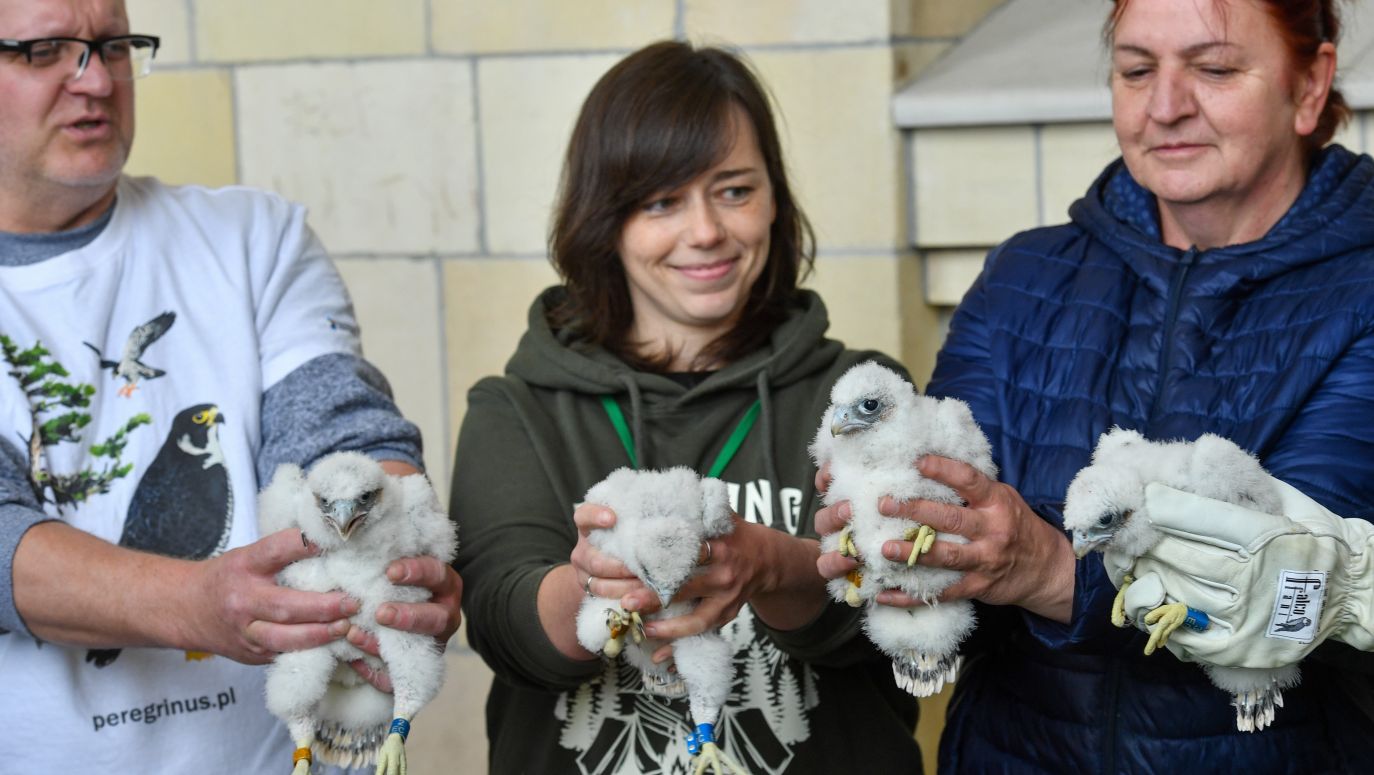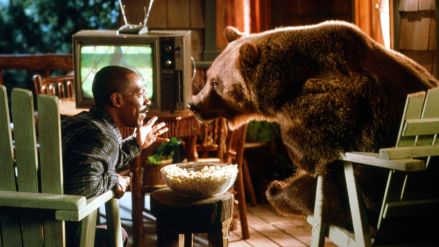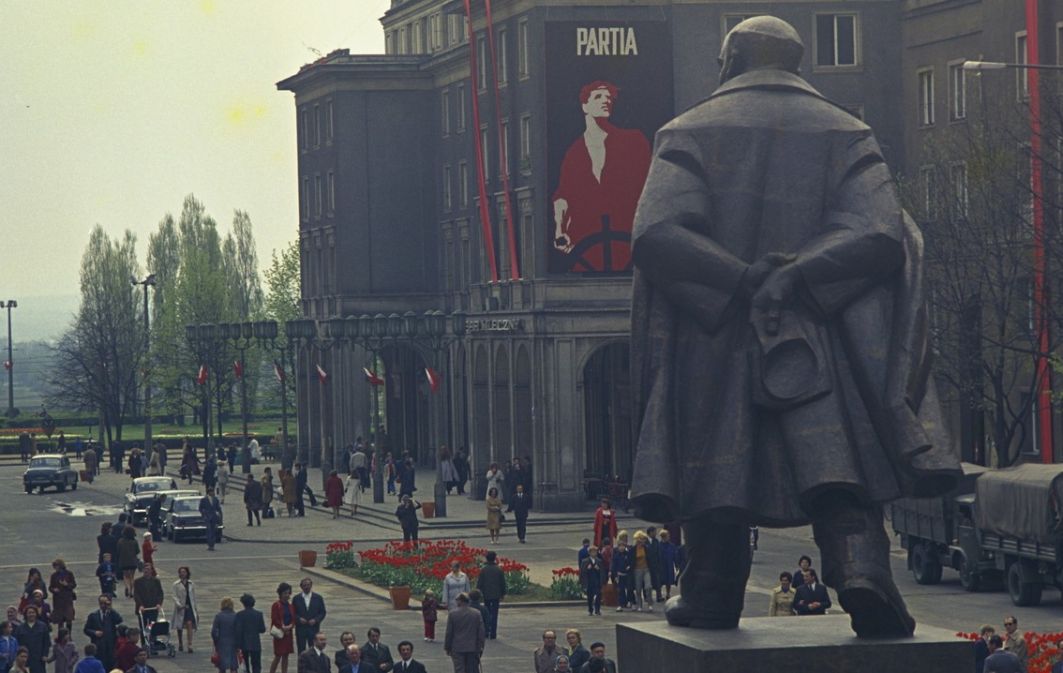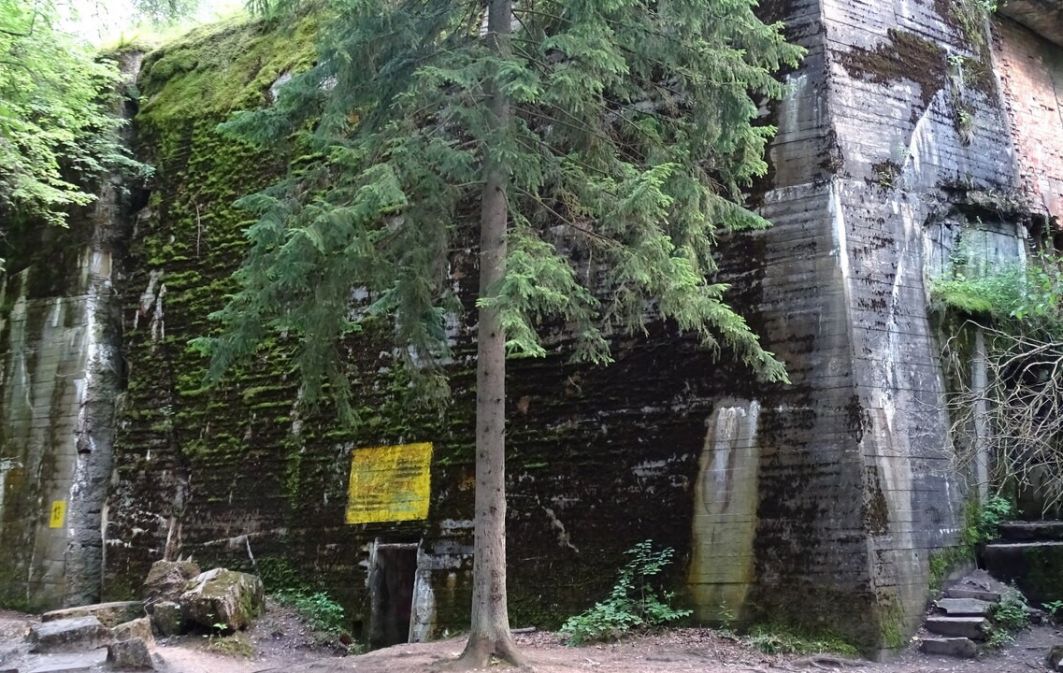TVP WEEKLY: It is said that if man were to leave cities and large conurbations, it would only take nature three years to master these spaces. Would you agree with this?
MICHAŁ KSIĄŻEK: The city is a forest, only cut down; a meadow, only that it has been destroyed. No wonder they are trying, forest and meadow, to come back and will keep coming back. German biologist Ingo Kowarik has called this nature returning to the cities, the fourth nature. The first is the remnants of natural forests that are being cut down by the State Forests, the second is commercial forests, avenues, midlands. The third is urban nature, such as parks, greens, flowerbeds, and the fourth is the one you ask about. The nature of urban wastelands, car parks, lawns, vacant lots and ruins that we see in Chernobyl, Detroit or the Skra Stadium in Warsaw.
I have been living on a recently built housing estate for a year now and to my surprise there are some individuals making noise in the trees I have under the block throughout May and half of June at night or in the morning, even though these are not some old, spreading and tall trees.
It does not surprise me that birds live in the treetops. Most of our species use trees in some way: they either nest there, feed or protect themselves. They do not need particularly impressive trees for this to happen. Trees are multipliers of biodiversity and other social goods.
These birds were chirping and having conversations. I had the impression that it was some kind of mating, but maybe not necessarily. Does this mean that birds are very quick to colonise available bits of greenery, that they can quickly achieve symbiosis with the human world?
Unfortunately, we are not in symbiosis with them. Rather, we are in conflict. People cut down trees, bushes, thus destroying the breeding grounds of birds. We know so little about them that we do not even know it. For example, most building renovations in Poland are carried out during the breeding season: we wall up thousands of swifts, sparrows, praying mantis, turning our apartment blocks into tombs. There is not just idyll, there is also struggle. As naturalists who try to stop renovations or protect the bricked-up birds are well aware.
As far as birds are concerned, we mainly see one on the streets and dislike it very much, the pigeon of course. Where has the sparrow gone, which we used to see in large numbers and now hardly ever see at all?
Many people like pigeons, I don't personally know any who don't or won't admit it. It's just that those who don't like pigeons are very loud, which is a biophobic trait in general. There wouldn't be so many pigeons if it wasn't for our behaviour: leaving leftover food or feeding them unwisely. I think that where there would be no pigeons, eating the leftovers from us, there would be more rats.
 SIGN UP TO OUR PAGE
SIGN UP TO OUR PAGE

Sparrow numbers have declined dramatically and one of the reasons is the preoccupation with perfect, airtight and sterile buildings. Modern architecture is not conducive to bird life. They simply lack holes and gaps in metal and glass structures. The decreasing amount of inner-city greenery is also doing its part. It is difficult to find something to eat on impermeable surfaces like concrete and asphalt. Research by Professor Marta Szulkin of the Institute of New Technologies at the University of Warsaw shows that it is enough to increase the impermeable surface area in a praying mantis breeding ground by 20% to kill one young. So it is enough to build one more walkway.
Where and which birds can we meet in the capital and other large Polish cities? What unobvious places do they occupy?
A kestrel falcon might nest somewhere on the ledge of a building, or in a window recess. There is a chance that a jackdaw or a rock pigeon, or rather its descendant: the city pigeon, will also live nearby. The pigeon nests on a block of flats because the block reminds it of a large rock, a mountain. Behind the gutter, on the other hand, we can find sparrows, but also a tiny bird - the garden creeper. Over millions of years, it has learnt to build its nests behind the protruding bark of trees, and today it probably associates the pipe with what it knows from the forest or the park.
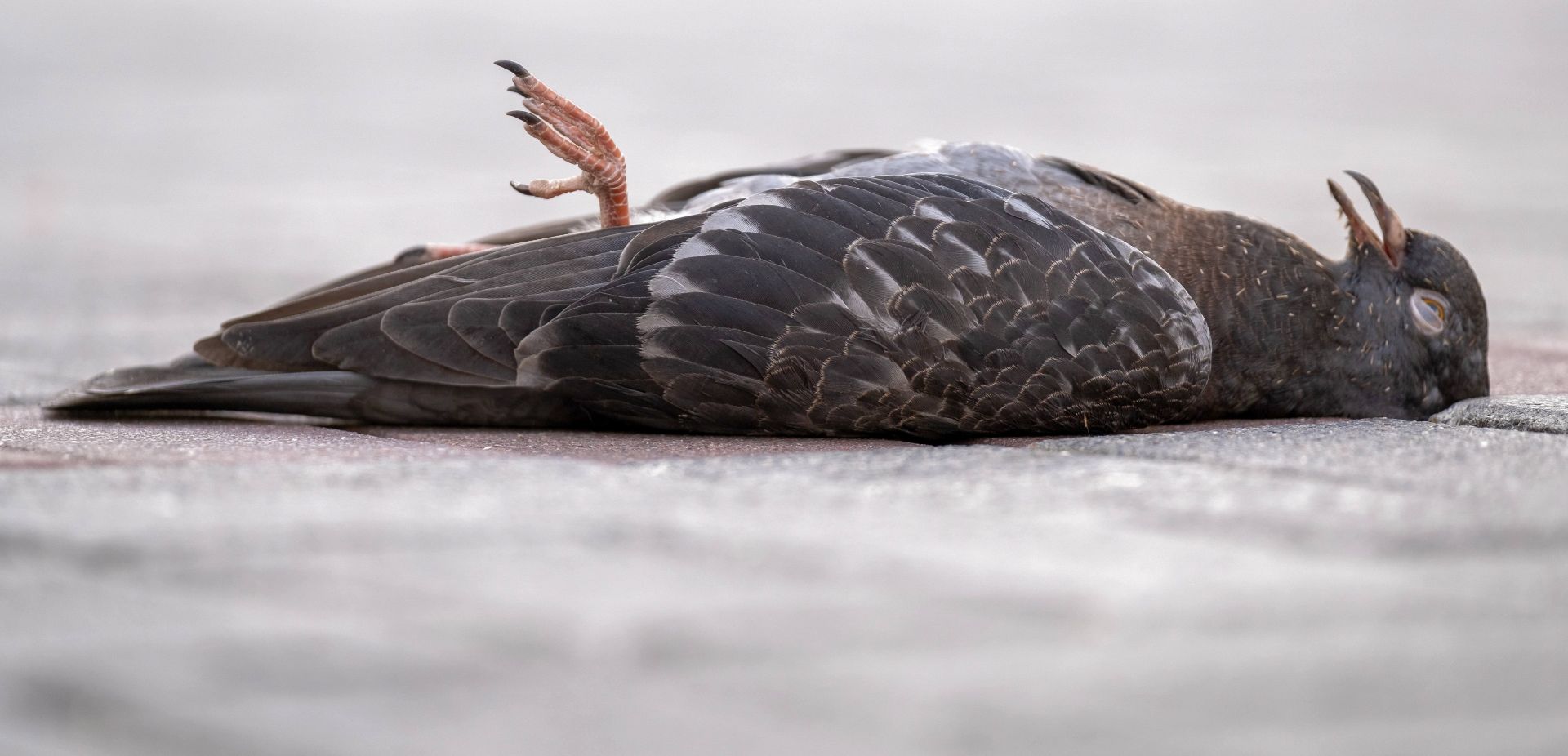
 SIGN UP TO OUR PAGE
SIGN UP TO OUR PAGE
 Sparrow numbers have declined dramatically and one of the reasons is the preoccupation with perfect, airtight and sterile buildings. Modern architecture is not conducive to bird life. They simply lack holes and gaps in metal and glass structures. The decreasing amount of inner-city greenery is also doing its part. It is difficult to find something to eat on impermeable surfaces like concrete and asphalt. Research by Professor Marta Szulkin of the Institute of New Technologies at the University of Warsaw shows that it is enough to increase the impermeable surface area in a praying mantis breeding ground by 20% to kill one young. So it is enough to build one more walkway.
Sparrow numbers have declined dramatically and one of the reasons is the preoccupation with perfect, airtight and sterile buildings. Modern architecture is not conducive to bird life. They simply lack holes and gaps in metal and glass structures. The decreasing amount of inner-city greenery is also doing its part. It is difficult to find something to eat on impermeable surfaces like concrete and asphalt. Research by Professor Marta Szulkin of the Institute of New Technologies at the University of Warsaw shows that it is enough to increase the impermeable surface area in a praying mantis breeding ground by 20% to kill one young. So it is enough to build one more walkway.